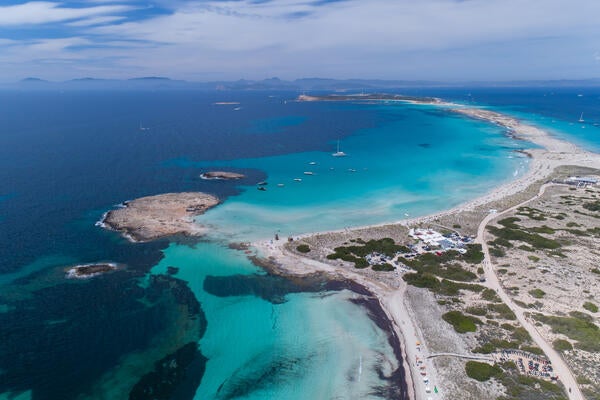
Conserving wetlands could save Canadians millions in flood damage
Leaving wetlands in their natural state could reduce the financial costs of flooding by nearly 40 per cent, according to a report from the University of Waterloo

Leaving wetlands in their natural state could reduce the financial costs of flooding by nearly 40 per cent, according to a report from the University of Waterloo
By Media RelationsLeaving wetlands in their natural state could reduce the financial costs of flooding by nearly 40 per cent, according to a report from the University of Waterloo.
Researchers at UWaterloo’s Intact Centre on Climate Adaptation, found that avoiding wetland loss could lead to substantial savings for Canadian communities that experience flooding.
In compiling the report, researchers compared the financial costs of a major flood event in urban and rural areas, where wetlands were left in their natural state, versus where a computer model simulated wetlands loss.
The modeling showed that if a major fall flood were to occur, the financial costs of flooding in rural and urban areas would be 29 and 38 per cent lower, respectively, with wetlands in their natural state vs. being lost due to development.
“With the flooding events in recent history, it has become clear that that the human and financial costs of these events are substantial,” said Professor Blair Feltmate, the head of the Intact Centre and an author on the report. “With the ever-increasing financial burden of flooding to Canadians, it is remarkable that a practical and cost-effective means to alleviate flood risk is readily available — that is, simply leave natural wetlands natural.”
The researchers used two locations in Ontario, one rural and one urban, where flood damage costs avoided were calculated using average historic insurance claims data and provincial flood damage estimates from Ontario and Alberta. These flood damage costs estimates took into account the costs of damages to building structures and their contents.
The Ontario Ministry of Natural Resources and Forestry and Ducks Unlimited Canada funded the report.
“We know wetlands help to reduce the impacts of flooding,” said Lynette Mader, Ontario manager of Ducks Unlimited Canada. “The Intact Centre research illustrates quantitatively that wetlands conservation offers a fiscally responsible means to address flooding that should factor prominently into infrastructure development going forward.”
Feltmate says the report’s findings support a number of commitments made by the federal and provincial governments with respect to climate change and wetlands conservation.
“Provincial and federal governments have expressed their commitment to wetland conservation and natural green infrastructure through the proposed Wetland Conservation Strategy for Ontario, the Climate Change Action Plan, and the Government of Canada’s directives under the Pan-Canadian Framework on Clean Growth and Climate Change,” said Feltmate. “The findings of this research support the mandate of these programs and others that are being engaged at the municipal, provincial and national level to limit the costliest climate change impact in Canada – flooding.”
Wetlands cover about 14 per cent of Canada’s total land area. In Ontario, wetlands cover about 21,000,000 hectares with the majority located in the North. In Southern Ontario, 72 per cent of the original wetlands have been lost to development (e.g., agriculture, urban sprawl and other land conversion).

(Getty Images/Maestrovideo)
Read more
Study finds contaminated mining sites worsen risks from fires

Read more
Three practical pillars for addressing climate change include nature-based solutions, incentives and trust in science

Read more
Researchers receive $1.2 million to enhance climate change adaptation strategies in Mauritius, Maldives and Fiji
The University of Waterloo acknowledges that much of our work takes place on the traditional territory of the Neutral, Anishinaabeg, and Haudenosaunee peoples. Our main campus is situated on the Haldimand Tract, the land granted to the Six Nations that includes six miles on each side of the Grand River. Our active work toward reconciliation takes place across our campuses through research, learning, teaching, and community building, and is co-ordinated within the Office of Indigenous Relations.